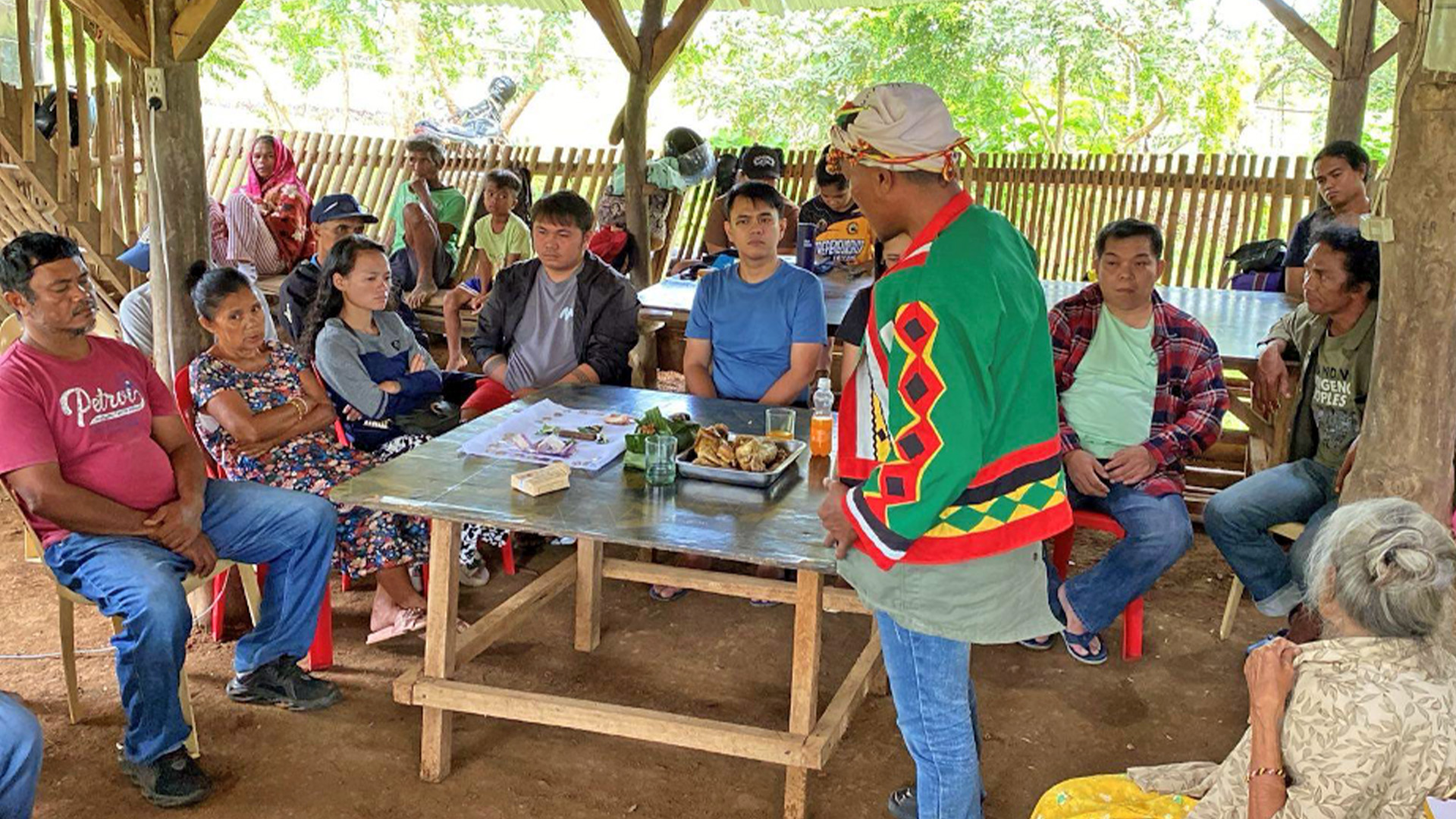
Photo by Samdhana
- admin
- 24 June 2025
- Feature
How Does Indigenous Governance Work in the Community?
Written by Bernadie Jamora, Community Facilitator of Samdhana Institute |
Within the ancestral domain of the Menuvu Kirenteken–Ilentungen, duly recognized with Certificate of Ancestral Domain Title R10-DON-0216-206 (CADT 206), Samdhana Institute is privileged to witness firsthand the various expressions and realities of indigenous governance in the communities. In this article, we document some key points and highlights of this experience.
Governance
The Menuvu people call their governance structure as “Muney-Neked Penenggeuwi.” Their leaders or Unuten hold specific roles, each designated by a traditional term in their language. The governance system is led by the Punggos, the primary leader who oversees the community, supported by various Datu and Bae, each responsible for specific aspects of governance, such as:
- Suley – Justice and conflict resolution
- Ivevesuk – Agriculture and water systems
- Sekeliyan , Begani– security and protection
- Other leaders
Similar to the Philippine government structure, the Menuvu governance system assigns leaders to different sectors, such as women, youth, health (both spiritual and herbal healing), and other cultural matters. Additionally, the Pekegurengan (elders) serve as advisors for major decisions, ensuring they align with cultural traditions. The Baylan, on the other hand, is responsible for conducting rituals and overseeing spiritual concerns.
These leaders dedicate their efforts to the continuity of their culture and the well-being of the tribe. Some cultural symbols and knowledge remain sacred and are not openly shared with outsiders. Access to these requires permission from the elders and the community.
Indigenous Leadership
At present, there are two main institutions within the Menuvu Indigenous Communities:
1. Indigenous Political Structure (IPS) – the Muney Neked Penenggeuwit is the traditional system that has been practiced since time immemorial. It is deeply rooted in cultural customs and the tribe’s historical governance.
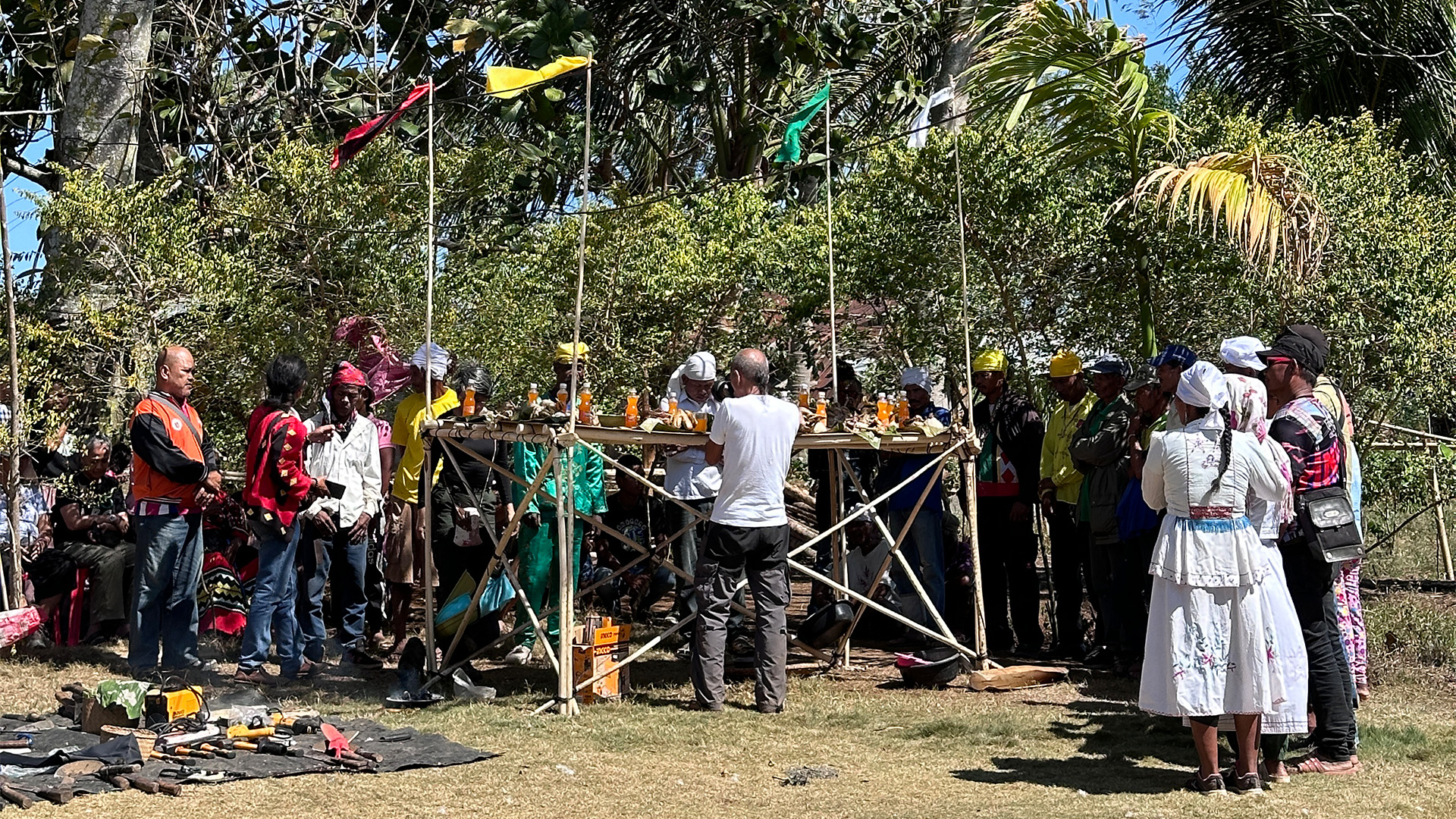
2. Indigenous Political Organization (IPO) – is an introduced contemporary structure. It is closely similar to the structure of other organizations in the dominant political sphere. IPOs are usually the entities that undergo the government mandated registration so that they can engage in legal and business transactions. In Serukadang, one of the communities in CADT 206, aside from their Muney, they have the following IPOs: Sezukadang Menuvu Tribal Organization, Mga Memeriten Neumpong Te Serukadang for women’s empowerment and leadership-building and Neumpeng ne Memenguhed Te Serukadang for youth development.
The selection of leaders is done through Tendak or appointment. Through community gatherings, leaders are chosen based on their capabilities, wisdom, and ancestral signs often revealed through dreams or symbolic messages. Once appointed, an individual cannot refuse the role, as it is considered a sacred calling from the ancestors. Declining the position is believed to bring misfortune and a sign of disrespect to the elders and ancestral spirits.
Once a leader is chosen, they undergo a formal recognition process, followed by a ritual to seek blessings and approval in accordance with cultural traditions.
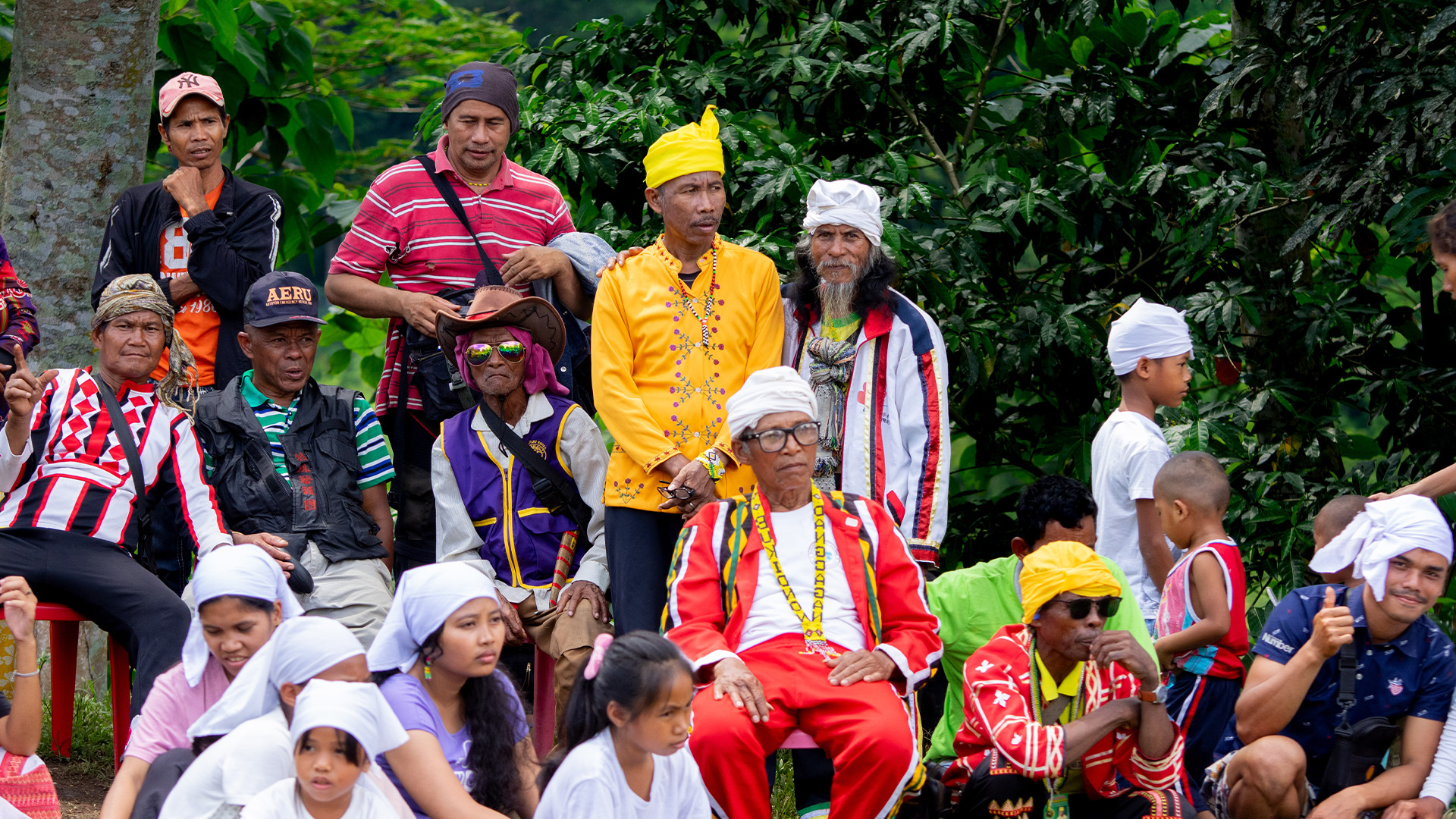
Challenges in governance
One of the challenges faced by the community is the coexistence of the IPS and IPO systems, which creates confusion regarding authorities and responsibilities. In Samdhana’s journey with the Menuvu Kirenteken-Ilantungen, we helped to facilitate reiterative discussions among the community leaders and members for them to clarify and agree on whose responsibility is what. For example, the community needed to agree on who holds the authority to conduct traditional conflict resolution; and which entity will enter into project contracts. Another important aspect is to clarify where the community’s mandate and consent are rooted on. Through buron-buron or community discussions, by recalling their history and reflecting on their way of living, the Menuvu community agreed that all authority should emanate first from the Muney as the IPS composed of the elders and customary leaders. So while the IPO can legally enter into contracts for projects and represent the community, any consent and decision by and for the community should first be coming from the decision of the Muney. The IPO can represent the community in dialogues and negotiations with tgovernment and with other stakeholders, but they do not exclusively hold the power to give consent for the whole of the community. This clarification on roles and authorities is important because this has become one of the common factor in many issues related to genuine free, prior and informed consent (FPIC) of communities. However, when roles are clearly defined and understood, both structures can function effectively together.
Decision-making in the community follows a consultative process known as buron-buron—a communal gathering that begins with a ritual. It is the space for their problem-solving, decision-making, and information sharing. The Punggos initiates the discussion, after which concerns and community matters are addressed. Some matters require further consultation with the elders, who ensure that decisions align with cultural values. In the experience of the Menuvu Kirenteken-Ilantungen, buron-buron is one of the most important tool for the community to come to decisions that benefit everyone, and the rallying point to get community members’ cooperation in various initiatives they undertake. Everyone is included, since community members are given the chance to speak – including the women and youth. Many leaders also strengthen this practice, by always reminding non-Indigenous partners and other external organizations that they need to bring back the concern to the community and make the decision following the buron-buron.
Community priorities and strategies
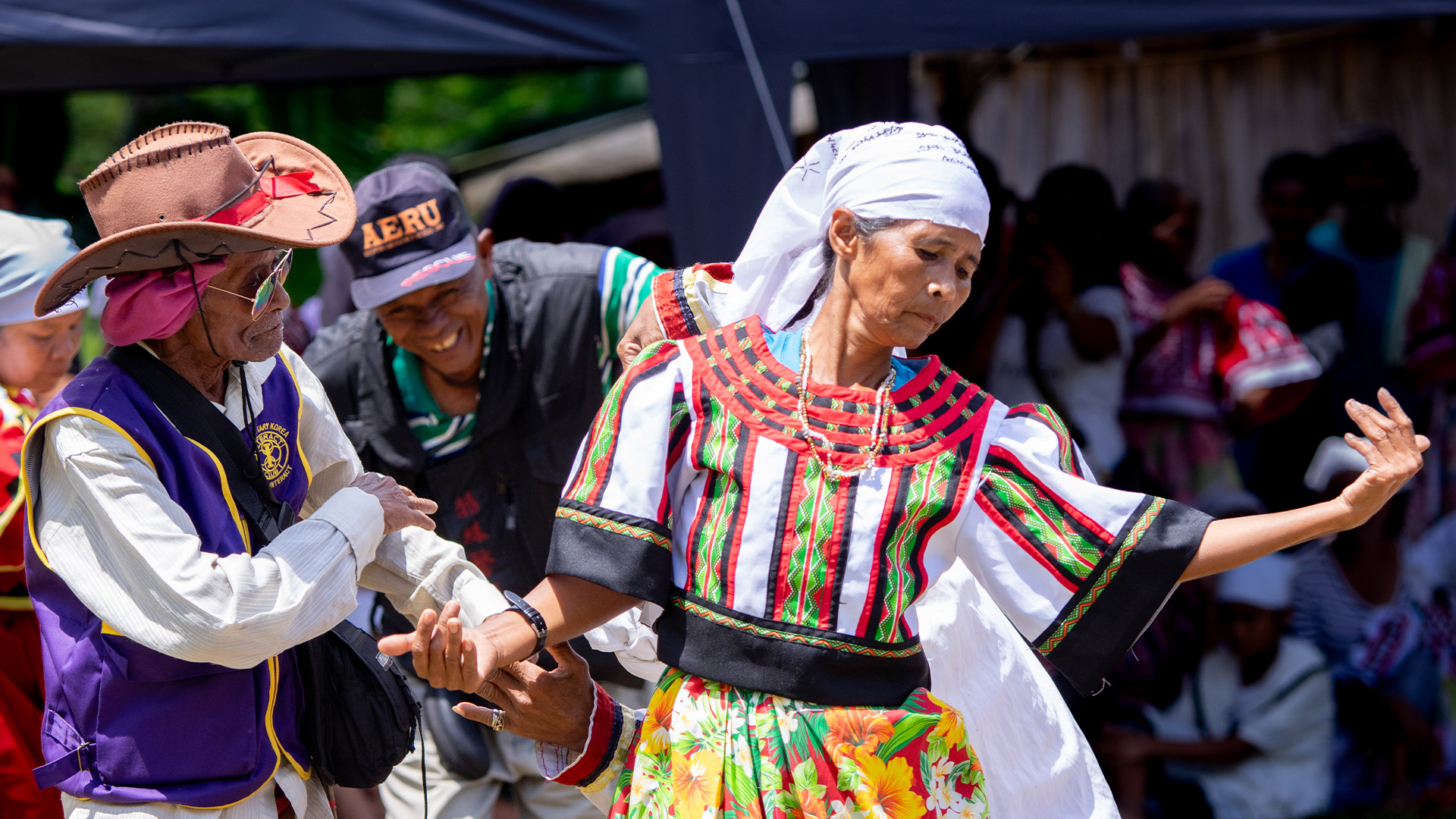
The community prioritizes its goals through simple planning activities and collective decision-making. Their traditional planning methods include semeyaan and selilay, which are deeply embedded in their cultural practices.
In the case of the Sezukadang community, and other neighboring communities within CAD 206, they articulate their long term vision and dream for their tribe and community. They then identify priorities and steps towards achieving that vision. They also organize their planning groups based on the areas of responsibilities of the various Datu and Bae. In this way, they are already able to organize the general needs in relation to that particular area, and distribute tasks among themselves.
To deepen their process in community planning and buron-buron, they further conduct kaburunan (smaller group discussions) and timpen buron (larger community assemblies). While some may see these gatherings as simple, for the tribe, they are the most culturally appropriate approach to governance. Discussions do not adhere to strict schedules; instead, they are held whenever necessary, regardless of time or day, to ensure the tribe’s well-being.
For the Menuvu tribe, the governance of their community and territory is deeply rooted in tradition and cultural protocols. No action is taken without following the cultural processes, such as rituals and betesan (offerings).
Modern influences and challenges
Technology, particularly cellular phones and social media, helped improve communication among the numerous clans and communities spread out across CADT 206. Especially during the COVID-19 pandemic, mobile communication technology sustained connections, helped address urgent matters and helped distant communities to access support.
However, the traditional practice of formal invitations or offering a betesan, and in-person visits remains crucial, especially for discussions involving cultural matters.
Mobile phones, internet and social media also has a very heavy impact on the youth and children in the community. When classes shifted to online mode during the pandemic, many families struggled to provide mobile phones and load for internet connection. When we resumed ‘business as usual’ in 2022, the youth and children’s attachment to mobile phones and social media remained. On top of other external influences, social media seems to be the most distractive for indigenous youth, sometimes reinforcing the discrimination against the tribes.
Elders and community leaders continue to grapple with the decline of cultural practices among the younger generation. How to effectively transmit their culture and traditional values, when external influences are very strong on all sides? Despite this, the Datu and Bae continue to uphold traditions and also encourage the youth to embrace their heritage.
Another challenge is the influence of external partners and organizations that introduce new ways of managing, leading and doing. If the community is not cautious, indigenous governance structures and processes may be replaced by modern systems that do not reflect their cultural identity. This is why Elders play a vital role in safeguarding traditions.
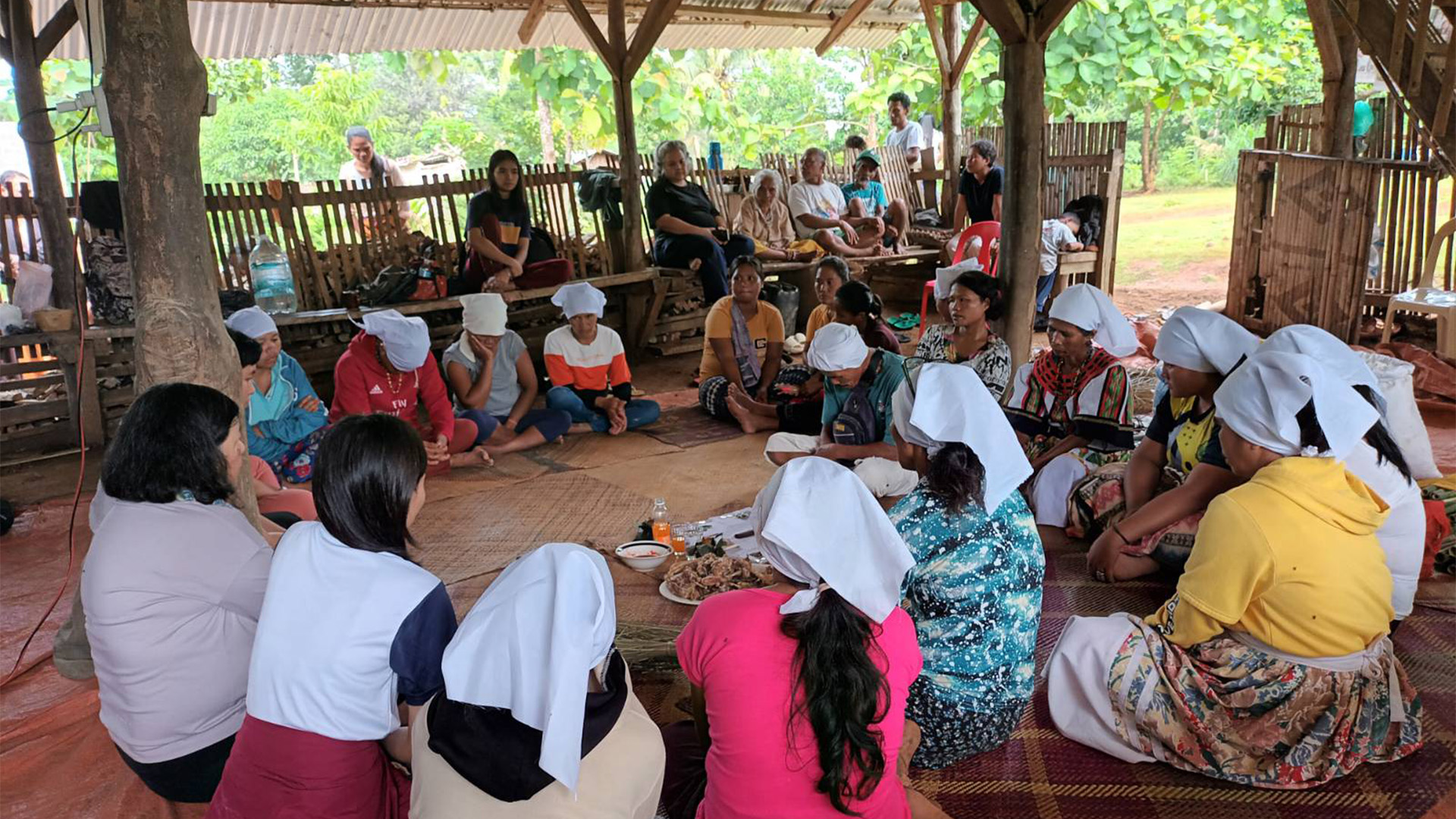
As the community continues to broaden their engagement, more and more visitors and stakeholders approach them on various matters. It is observed that in this kind of situation, the community needs to carefully evaluate whether these opportunities and offers align with their own culture and values. At the same time, equal attention and thought needs to be given to the idea that they, as an indigenous community, need to evolve, adapt and navigate the changing times. How they keep practicing their culture, and how they govern in a manner that sustains the well-being of all people and their territories, while being able to effectively and productively engage with society will be a constant challenge.
###